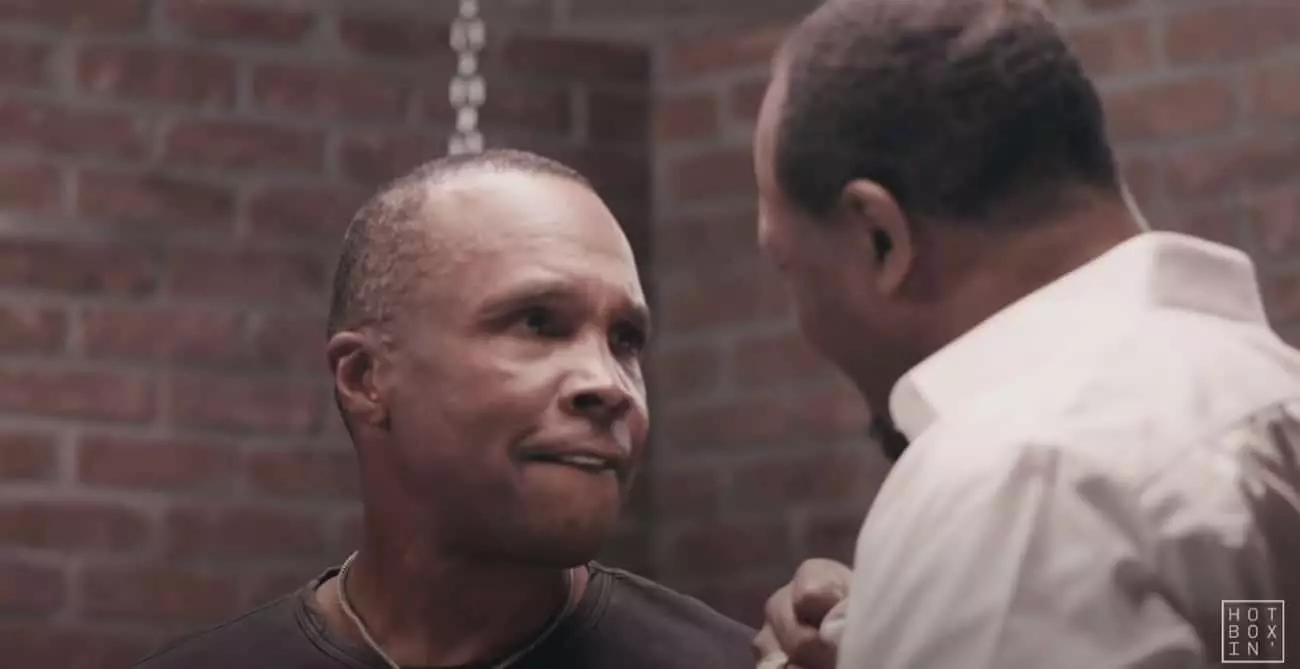The buzz in the boxing world signifies an impending spectacle. As July approaches, whispers about the clash between WBC welterweight champion Mario Barrios and the legendary Manny Pacquiao reach a fever pitch. Such excitement is not without merit; Pacquiao is returning to the ring after a four-year hiatus and at the ripe age of 46. The narrative, however, is layered with concern. Many experts and fans alike are apprehensive about Pacquiao’s health and readiness to step back into a sport that demands peak physical condition, especially after a significant break.
The Wisdom of Experience: Perspectives from Legends
Insight from boxing icons carries weight. Sugar Ray Leonard, regarded as one of the greatest, provided his perspective on Pacquiao’s comeback, hinting at an innate understanding of the psychological battle fighters face upon return. Leonard, who made a remarkable comeback against Marvin Hagler at the age of 30, reflected on the fuzziness that comes with the passage of time. His assertion—that Pacquiao must reacquaint himself with the experience of being hit—speaks to the challenges that returning fighters often overlook amidst the adrenaline of the sport.
Leonard’s comments resonate: “It’s more psychological than it is physical,” he noted. This statement underlines a critical element of boxing that transcends age—the mental resilience required to emerge victorious. Pacquiao may have the technical prowess to compete, but the psychological hurdles can weigh heavily in his quest.
Challenging the Odds: Age and Motivation
While Leonard’s comeback against Hagler is a testament to the triumph of skill and will, the disparity in age adds a complex layer to Pacquiao’s story. At 30, Leonard faced a fierce opponent with a fresh mind; at 46, Pacquiao steps into the ring as a seasoned veteran with the weight of expectations—both from his fans and himself. Furthermore, the motivations behind a comeback matter significantly. Leonard returned at a time when the allure of legacy and honor was paramount for elite athletes, whereas Pacquiao’s return provokes discussions of financial necessity following a tumultuous political campaign.
Amid speculation that financial distress might be influencing his return, questions arise regarding how this pressure will affect his performance. Will Pacquiao’s need for a triumphant return overshadow the risks associated with his age and accumulated wear and tear? The narrative certainly serves as a reminder that personal motives can heavily impact outcomes in high-stakes scenarios.
The Fight as a Cultural Event
Regardless of the odds stacked against him, there’s an undeniable allure to Pacquiao’s story; his pursuit is not just personal but symbolic of a broader narrative. Every comeback represents the universal struggle against time, showcasing grit, passion, and the undying spirit of a fighter. While critics express skepticism about his capacity to prevail against a younger, more active fighter like Barrios, there remains a glimmer of hope.
Manny Pacquiao is not merely fighting for victory; he’s battling to cement his legacy and serve as an inspiration to countless others who face similar crossroads. His journey reflects the duality of struggle: both the physical bout inside the ring and the profound psychological journey taking place within. In the ring, Pacquiao embodies resilience, and perhaps that’s more powerful than even the physical capabilities he brings to the canvas. In this fight, as Sugar Ray contemplates, there’s always a possibility—that perhaps, against all odds, history will repeat itself.


Leave a Reply